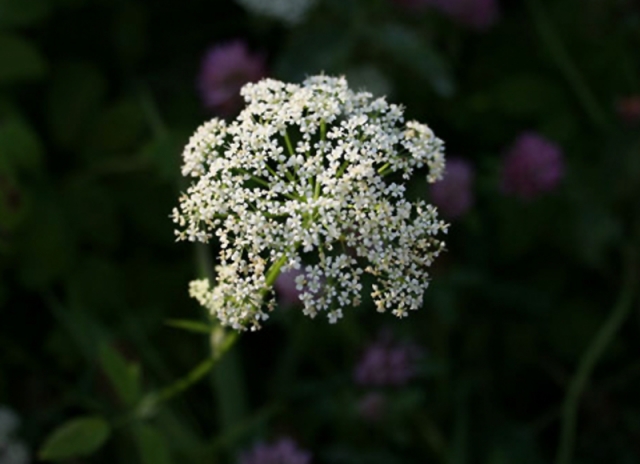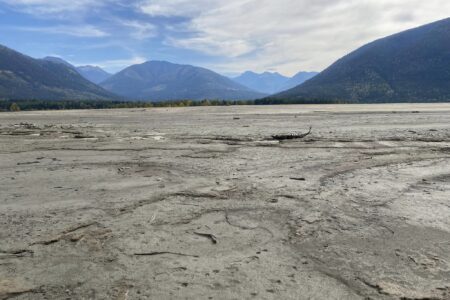Three years of study show Lake Windermere free of invasive, non-native aquatic plants
After three years of study, researchers have found no Eurasian water milfoil in Lake Windermere or Columbia Lake.
Eurasian watermilfoil is notorious across North America for its ability to choke out aquatic habitat and cost governments millions of dollars to control.
Its absence is a nice surprise for Rachel Darvill, Wildsight’s Columbia Headwaters program manager, who began sampling aquatic plants here in 2009.
“I’m happy to report there are no foreign invasive aquatic plants in Lake Windermere,” Darvill said. “We sampled other lakes in the Columbia Valley, and they, too, are free of invasive aquatic plants. We’re hoping that these lakes will stay weed free.”
The last round of sampling took place in early September. Darvill and her team sampled plants around 10 Lake Windermere boat docks and two Columbia Lake docks. “We found a healthy diversity of aquatic plants in these lakes,” she said, “including the native species of milfoil that can look identical to invasive Eurasian watermilfoil.”
The two species are so similar, and can even cross-breed to form a hybrid milfoil that can also act aggressively. That is why Wildsight sent the samples to a lab in Michigan for positive species confirmation.
“The lab used DNA analysis to confirm that what we have in Lake Windermere and Columbia Lake is a native northern water milfoil species,” Darvill said. “It’s not invasive Eurasian watermilfoil.”
Darvill said residents first approached Wildsight with concerns about weeds in and around Lake Windermere several years ago. Wildsight developed the Columbia Headwaters Invasive Plant Species Program and started sampling the land around the wetlands in 2008.
“In 2009, we started sampling in the lakes for invasive aquatic plants,” she said.
Lake Windermere is an ideal candidate to host Eurasian watermilfoil because of its high level of boating activity. “But the plant is not here yet,” Darvill said. “Nor are the other species of aquatic invaders that we have been looking for.”
Darvill has a theory about why Lake Windermere has escaped infestation.
“It could be because many of Lake Windermere’s boats stay put all year long,” she said. “They don’t go into new waterways where they might pick up weeds and bring them back.”
Prevention is important, Darvill said, because milfoil is a robust plant that can multiply from its pieces, not just its seeds.
“Any bit of milfoil on a boat, a pair of waders, a floatplane, a wake board—any bit of invasive milfoil that survives from one waterway into our waterways—can start a colony.”
Wildsight just completed designing and printing 20 signs to place at boat launches. These signs are supported by Columbia Basin Trust, the District of Invermere, the Columbia Wetland Stewardship Partners, Ministry of Forests, Lands and Natural Resources and the East Kootenay Invasive Plant Council.
“We’ll put the signs up in the spring,” she said. “We hope they’ll remind boaters who are new to the area to double-check their gear. Hopefully they’ll help keep the lake free of aquatic invaders.”
- To keep the upper Columbia River ecosystem free of Eurasian watermilfoil, please remember to Clean, Drain and Dry your boat and any fishing gear/gumboots that you have before entering into a new water body.
This research was part of the Columbia Headwaters Invasive Plant Species Program, which is supported by Columbia Basin Trust and the Columbia Wetland Stewardship Partners.

























Comments